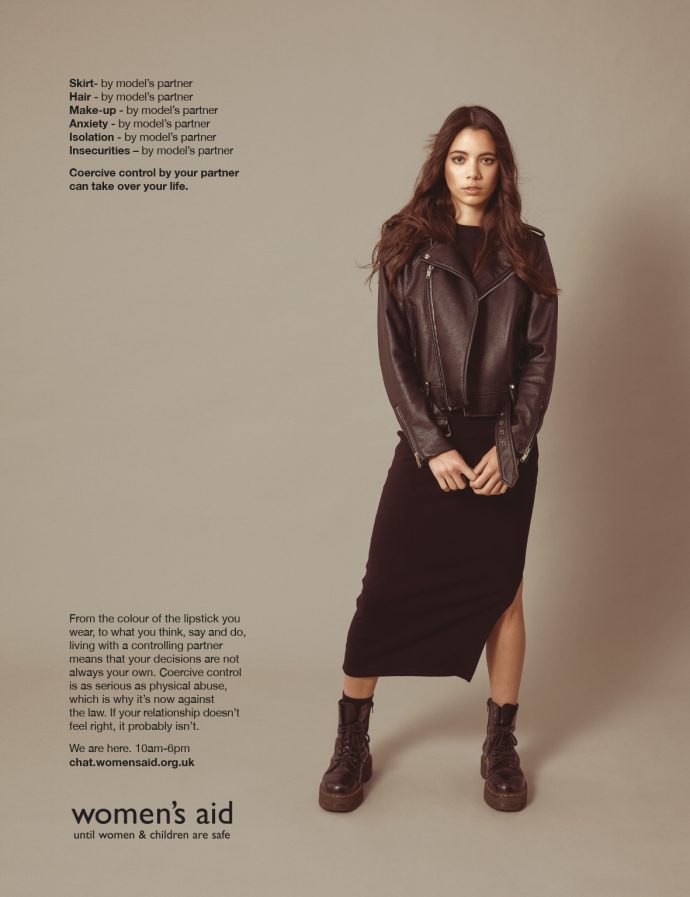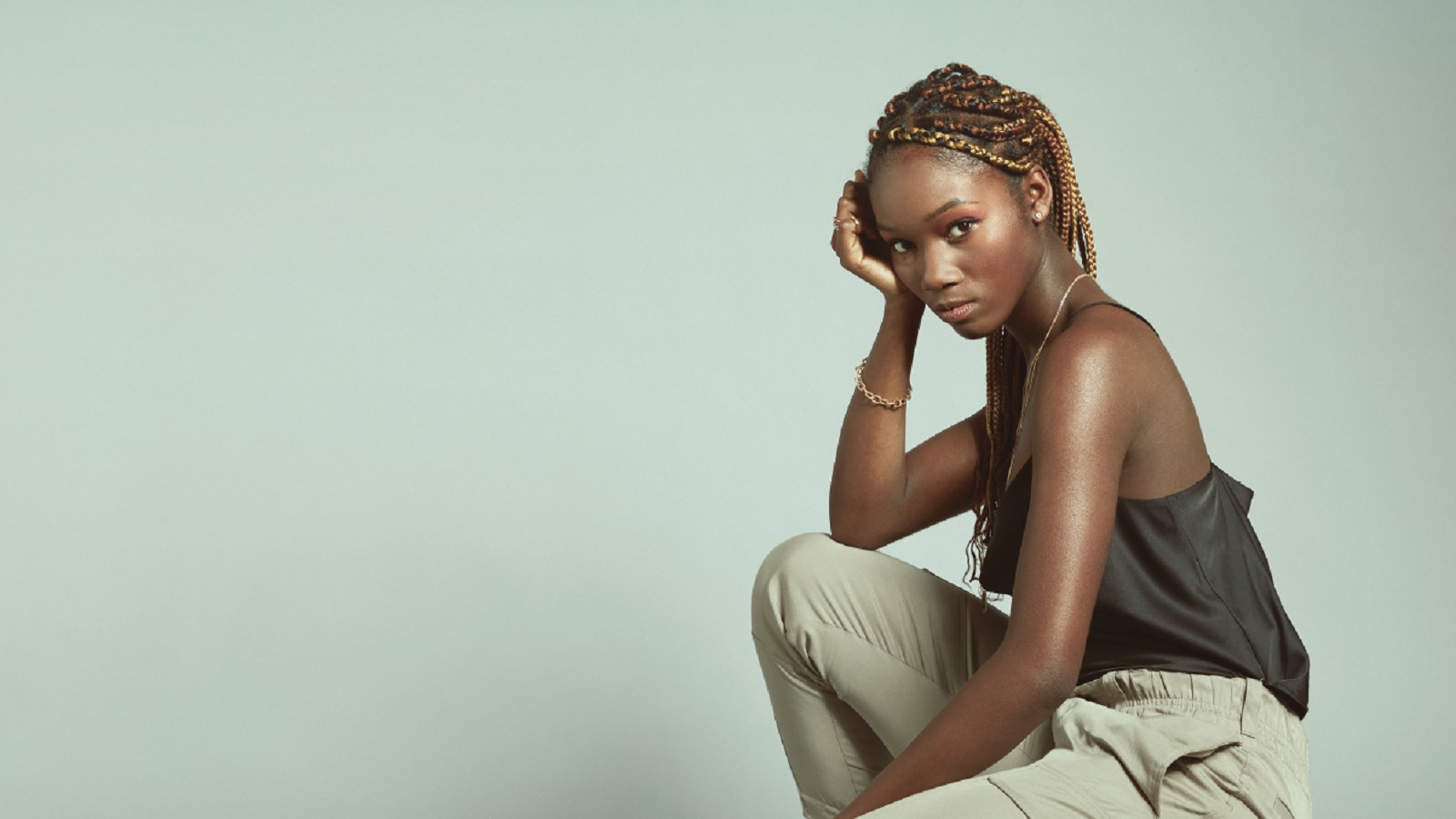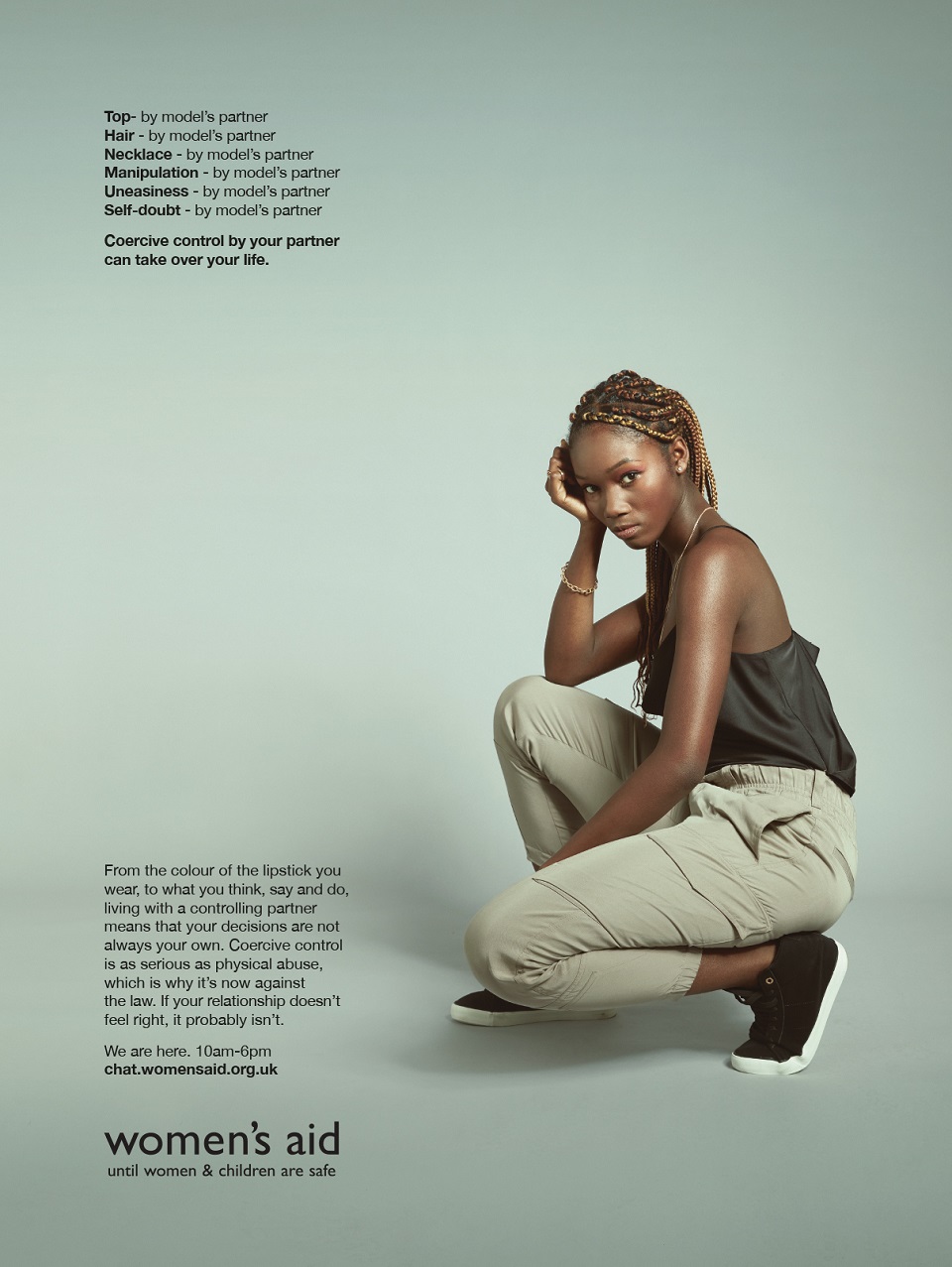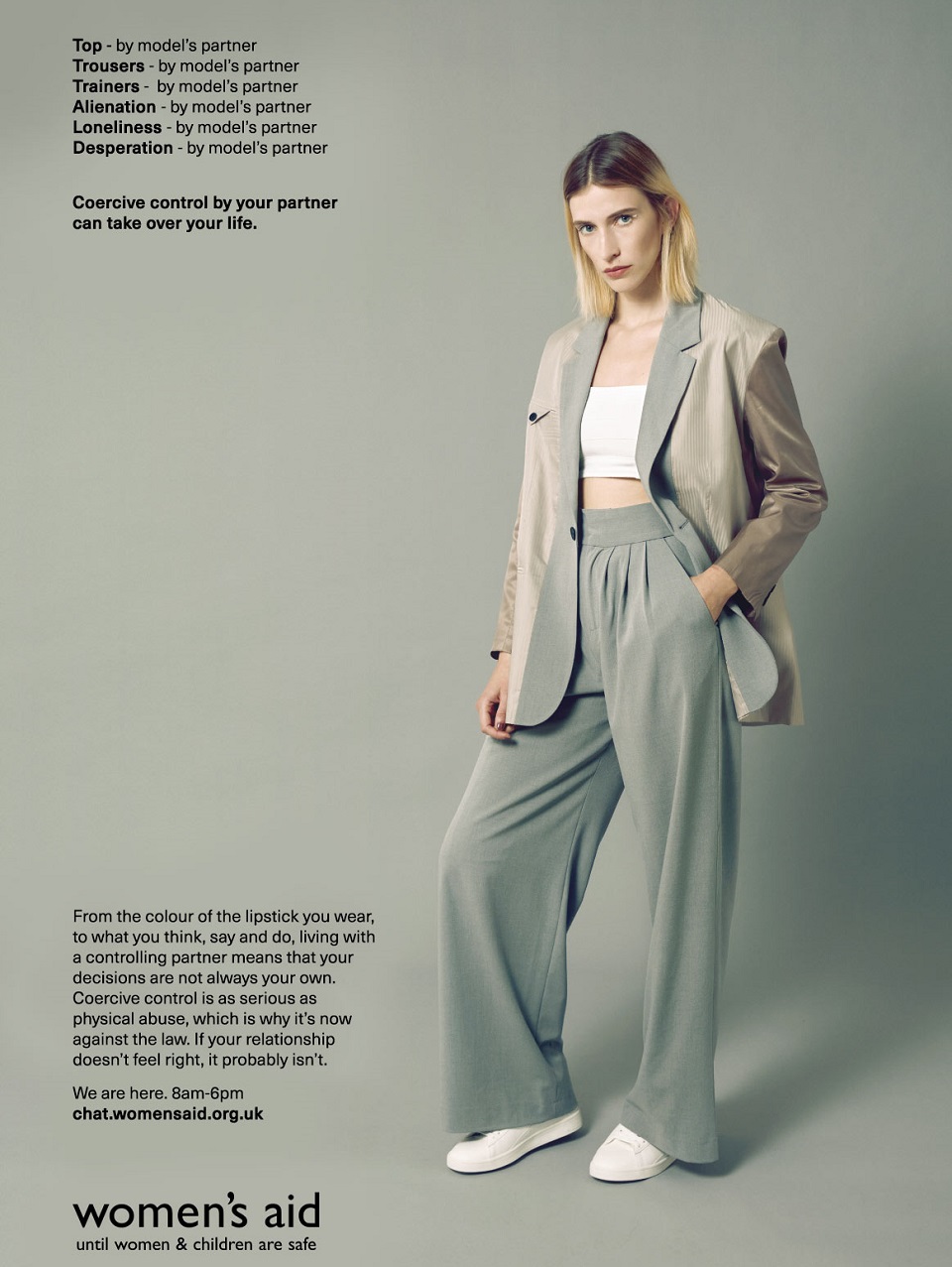When we think about abusive behavior, we tend to think of physical violence. But domestic violence is more than that: The UN defines the term as “a pattern of behavior in any relationship that is used to gain or maintain power and control over an intimate partner.” It takes many forms and shapes and coercive control is one of them. Sadly, this type of behavior that aggressors use to control, manipulate, or frighten their victim, is not often recognized.
Alongside other organizations, Women’s Aid campaigned and succeeded in making this type of abusive behavior a criminal offense. But, despite the fact that it has been illegal in the UK since December 2015, cases of coercive control have been on the rise. In the year ending March 2020, the police in England and Wales recorded more than 24,000 such offenses, an increase from over 16,000 in the previous year.
Identifying coercive control can be hard. It includes a series of behaviors that escalate over time, resulting in leaving emotional marks on the victims. Sometimes, it can end in physical scars, as physical violence comes later.
Farah Nazeer, Chief Executive at Women’s Aid, said: “Coercive control can be difficult to identify within a relationship if you don’t know what the signs are. A pattern of different forms of abuse with wide-ranging tactics can make it difficult to define when you are being controlled and manipulated by a partner. Perpetrators slowly isolate survivors from support, deprive them of their independence and regulate their everyday behavior, gaining more and more control. ”
In most cases, coercive control victims are women. To raise awareness about this issue across the UK, the charity working to end domestic abuse against women and children is targeting young ladies via a pro-bono campaign by Engine Creative. Created in a style similar to fashion ads, the “Not Model’s Own” print and outdoor initiative highlights the devastating effect this kind of behavior has on the victims.
Glossy magazines’ fashion ads portray models dressed in outfits carefully selected by stylists and wearing brands that are usually name-checked. But as the audience examines Women’s Aid ads in detail, they discover an unsettling truth: All of these girls’ clothes are picked by their partners, who are also behind the models’ self-doubt, loneliness, or insecurities.
“This campaign is vital in raising awareness of coercive control to help survivors, and those around them, recognize the signs of abuse. If any of the signs highlighted in this campaign are familiar to you, Women’s Aid is here for you, please reach out for expert support,” Nazeer adds.
Christopher Ringsell, Creative Director at Engine Creative, explains: “Drawing young women in with aspirational fashion shots and then letting them realize there is a sinister vulnerability behind the glossy look will hopefully raise awareness of coercive control and help the viewer question anything that does not feel right in their own relationship.”

The ads direct the public to the organization’s chat section, where victims can get advice and help if they suspect they are part of such a relationship. The print campaign is scheduled to run in women’s magazines and in selected fast-food locations.
Credits:
Client: Women’s Aid
Agency: Engine Creative
Creative Director: Christopher Ringsell
Creative: Jo Moore & Antonia Clayton
Senior Strategist: Katherine Morris
Account Management: Marianne Roberts & Eve Bui
Agency Producer: Chelsea Chapman
Designer: Aaron Pacey
Photographer: Sean De Sparengo
Production Co: Curious Productions
Producer: Lee Sands, Harley Brooks
Hair & Makeup: Helen Asher
Stylist: Annie Swain
Retoucher: Rob Lanario
Models: Isabelle Liddall, Lauryn Bryan, Melinda Aszepesi


